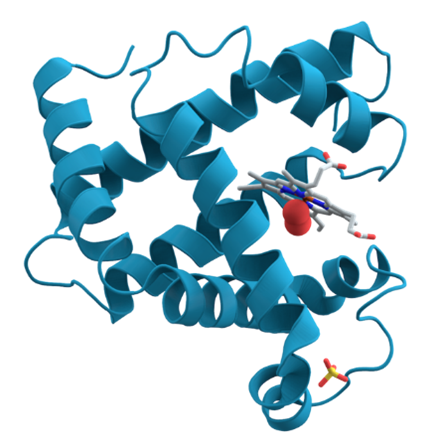Overview of techniques involved (e.g. 'omics')
3. Proteomics
Proteomics provides information about the proteome. A proteome is the entire set of proteins in an organism, cell or tissue. Proteomics also provides information on protein levels, any variations and changes they have, and which molecules they interact with.
The process of protein production using mRNA molecules is called translation, which consists in various steps mentioned previously in this topic:
- mRNA molecules are produced from the DNA in genes.
- The mRNA molecules in turn are used to produce proteins.
- Therefore, the sequence of every protein depends on the sequence of a gene or genes.
Proteins are chains of amino acids, which fold into specific three-dimensional (3D) shapes. The sequence or order of the amino acids is determined by genetic sequence. However the protein’s final shape, and therefore what it does, can also be modified by chemical changes. This is known as post-translational modifications.
3D structure of Myoglobin

Figure 6: A 3D structure of the protein myoglobin (an oxygen-binding protein in the muscle) showing turquoise alpha helices. Towards the right-center among the coils, a group called a heme group (shown in gray) with a bound oxygen molecule (red). Created by AzaToth based on PDB entry, public domain http://en.wikipedia.org/wiki/Protein#mediaviewer/File:Myoglobin